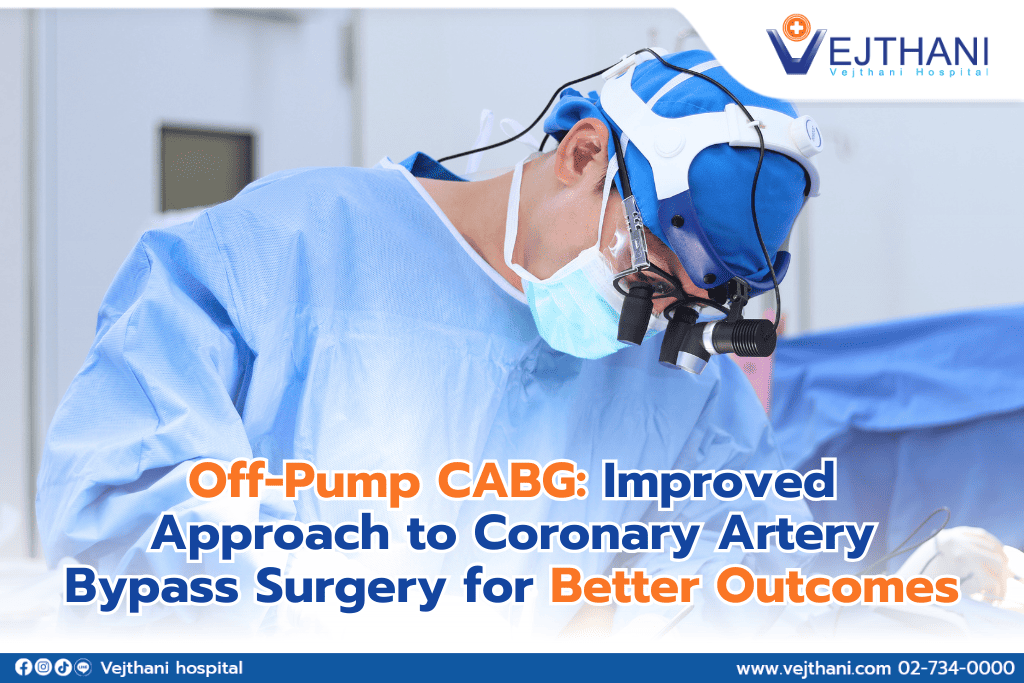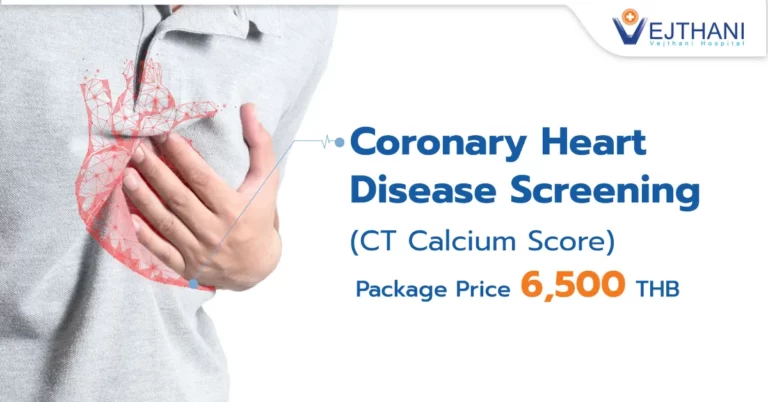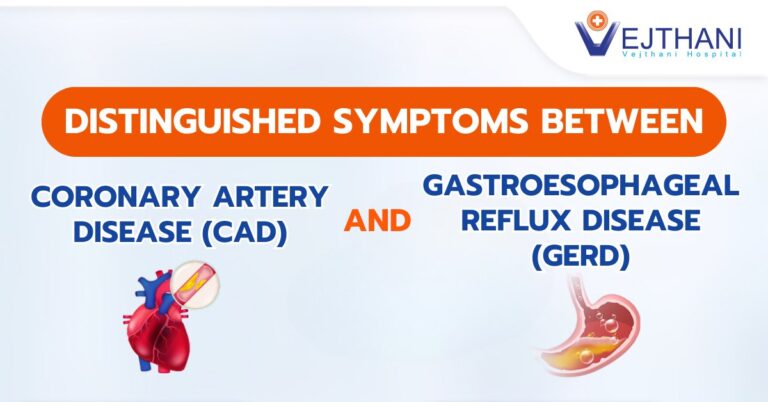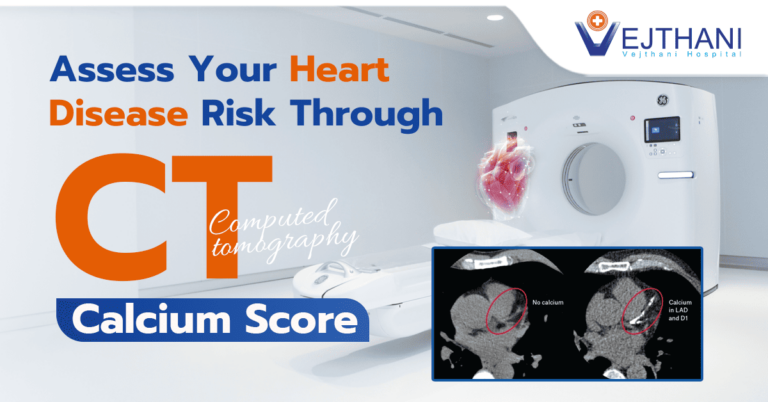

More and more people suffer from heart disease, and one of the most dangerous symptoms is coronary artery disease (CAD). What if there was a better way to relieve the pain with fewer side effects?
What is coronary artery disease?
Coronary Artery Disease is a significant cause of mortality in many countries. It occurs from the narrowing or blockage of the coronary arteries, which supply blood to the heart muscle. CAD can lead to stroke or heart attack. It develops gradually, often over decades, as plaque builds up in the walls of the coronary arteries, diminishing blood flow and depriving the heart muscle of oxygen-rich blood. Over time, reduced blood flow can weaken the heart muscle, increasing the risk of heart failure, arrhythmias, and sudden cardiac events. Early diagnosis and management of CAD are critical for improving long-term outcomes and preventing irreversible damage.
What are the causes?
Atherosclerosis is characterized by plaque formation that includes fatty substances, cholesterol, and cellular waste products. Cholesterol, a waxy substance, accumulates along the coronary artery walls, forming plaque that can obstruct blood flow to the heart, potentially leading to ischemia and chest pain. Atherosclerosis is a leading cause of coronary artery disease. The primary risk factors for atherosclerosis include high cholesterol, smoking, diabetes, hypertension, and lack of physical activity. These factors exacerbate inflammatory processes, which contribute to plaque buildup and arterial damage.
Genetics also plays a significant role. Individuals with a family history of CAD may have an increased chance of developing the condition, even if they maintain a relatively healthy lifestyle.
Smoking, in particular, has complex adverse effects on vascular health, promoting plaque formation and arterial narrowing. The chemicals in tobacco damage the arterial lining, contributing to plaque buildup and reducing the blood’s oxygen-carrying capacity, which puts additional strain on the heart.
What are the symptoms?
The symptoms vary depending on the person but mostly include:
- Difficulty breathing
- Soreness in the arms, neck, shoulders, or jaw
- Nausea or vomiting
- Dizziness
- Chest pain (angina)
However, some patients do not have symptoms before being diagnosed with CAD. The condition is critical, as individuals may only become aware of the disease after experiencing severe symptoms like a heart attack. Early warning signs are often subtle or mistaken for indigestion, emphasizing the importance of regular cardiovascular screenings, particularly for those at high risk.
Why not On-Pump Coronary Artery Bypass Grafting (On-Pump CABG)?
The most conventional method of doing bypass surgery is on-pump CABG. During the process, the patient’s heartbeat is stopped, and the surgeons have to use an artificial heart and cardiopulmonary bypass machine (heart-lung machine) to maintain blood and oxygen circulation in the body. However, the inflammatory repercussions that follow, which result in cardiac irregularities, abnormal bleeding, and reduction of recovery, force surgeons to search for alternatives to the treatment.
While effective, on-pump CABG poses risks due to the temporary cessation of blood flow, which can lead to organ damage, especially in vulnerable patients. The use of a heart-lung machine has been linked to potential neurological complications, such as cognitive decline and memory loss, which many patients worry could impact their quality of life after surgery.
Alternative Way: Off-Pump Coronary Artery Bypass Grafting (Off-Pump CABG)
Off-pump CABG is performed on a beating heart, cutting the need for a heart-lung machine. This approach significantly reduces postoperative morbidity and death, less blood loss, fewer complications, and enhanced recovery time. Studies show that off-pump CABG reduces inflammation, decreases the risk of stroke and cognitive decline, lowers the risk of arrhythmias (irregular heartbeat), and reduces the risk of infection.
Higher-risk patients, such as those with chronic conditions like diabetes or the elderly, can safely undergo this approach. However, certain groups, including those with hemodynamic instability or calcified coronary vessels, may need to consider alternative solutions.
By eliminating the heart-lung machine, off-pump CABG minimizes the potential for clot formation and embolic events, which could otherwise lead to complications such as stroke.
The Role of the Hybrid Operating Room (Hybrid OR)
Hybrid Operating Room (Hybrid OR) is preferred as it integrates surgical technologies with advanced imaging equipment, which enhances the accuracy of locating surgical sites and performing procedures precisely. Surgeons use real-time imaging in Hybrid OR to navigate complex vascular structures with heightened precision, reducing the risks of complications and enhancing procedural success rates.
Making the Right Choices for Your Health
The primary consideration is to receive treatment from highly qualified professionals with extensive experience and advanced technologies from the hospital. For those who have CAD, off-pump CABG opens the door to a new era of surgical options that may provide not only life-saving benefits but also the hope of a swifter, safer return to daily life.
For more information, please contact
Cardiac Center, Vejthani Hospital
Call: (+66)2-734-0000 Ext. 5300
English Hotline: (+66)85-223-8888
- Readers Rating
- Rated 5 stars
5 / 5 ( Reviewers) - Spectacular
- Your Rating






























